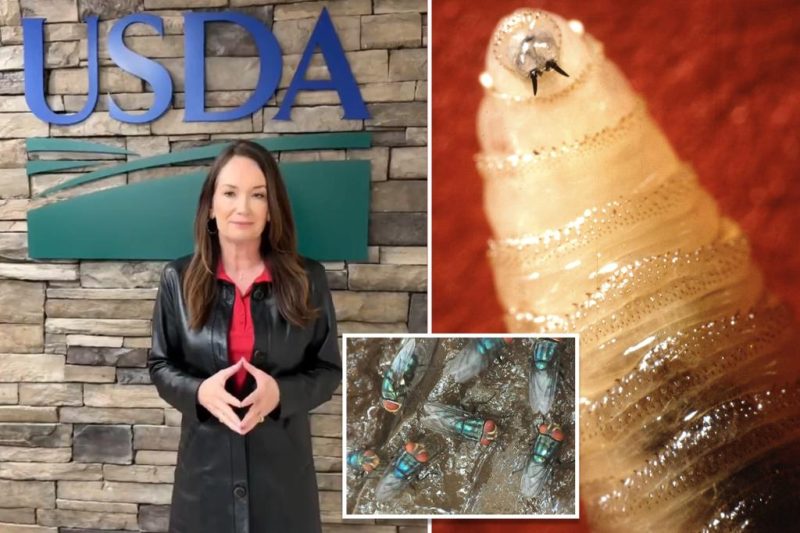
The US government is taking an unconventional approach to pest control, investing $8.5 million in a massive fly-breeding facility in Texas. This isn’t your average fly farm; this facility will mass-produce millions of sterile male flies as part of a large-scale sterilization program. The goal? To significantly reduce populations of harmful insect pests without resorting to harmful pesticides.
The strategy behind this initiative is deceptively simple yet remarkably effective. By releasing massive numbers of sterile male flies into the wild, they compete with fertile males for mating. The result? Significantly fewer viable eggs are produced, leading to a dramatic decline in the overall fly population. This method has proven successful in controlling various insect pests, offering a more environmentally friendly alternative to traditional chemical methods.
While the concept of a government-funded fly factory might sound unusual, the potential benefits are substantial. Reducing pest populations can have a significant positive impact on agriculture, public health, and the environment. Fewer pests mean higher crop yields, less reliance on harmful pesticides, and a reduced risk of disease transmission. The investment represents a commitment to innovative pest control solutions and a potential model for other regions facing similar challenges.
Of course, the project isn’t without its challenges. The scale of the operation – producing millions of flies – requires sophisticated technology and meticulous management. Ensuring the sterility of the flies is paramount to the success of the program, and rigorous quality control measures will be essential. However, the potential rewards – a more sustainable and effective way to manage pest populations – make this ambitious project a fascinating development in the field of pest control.










